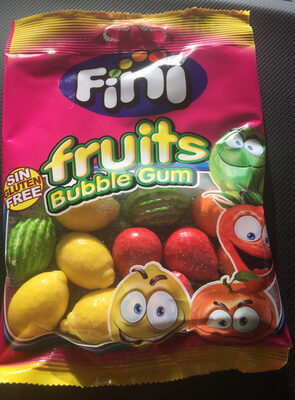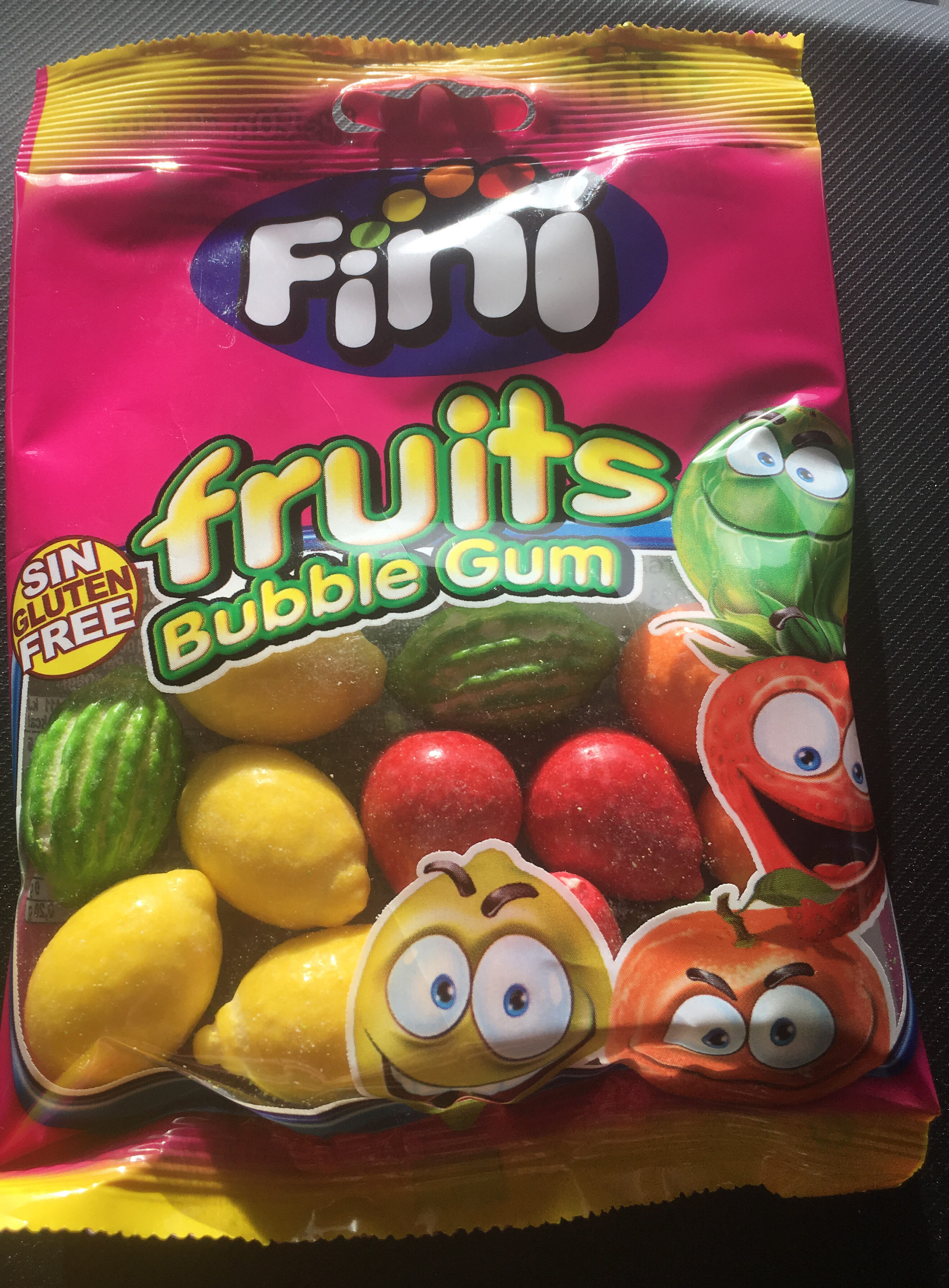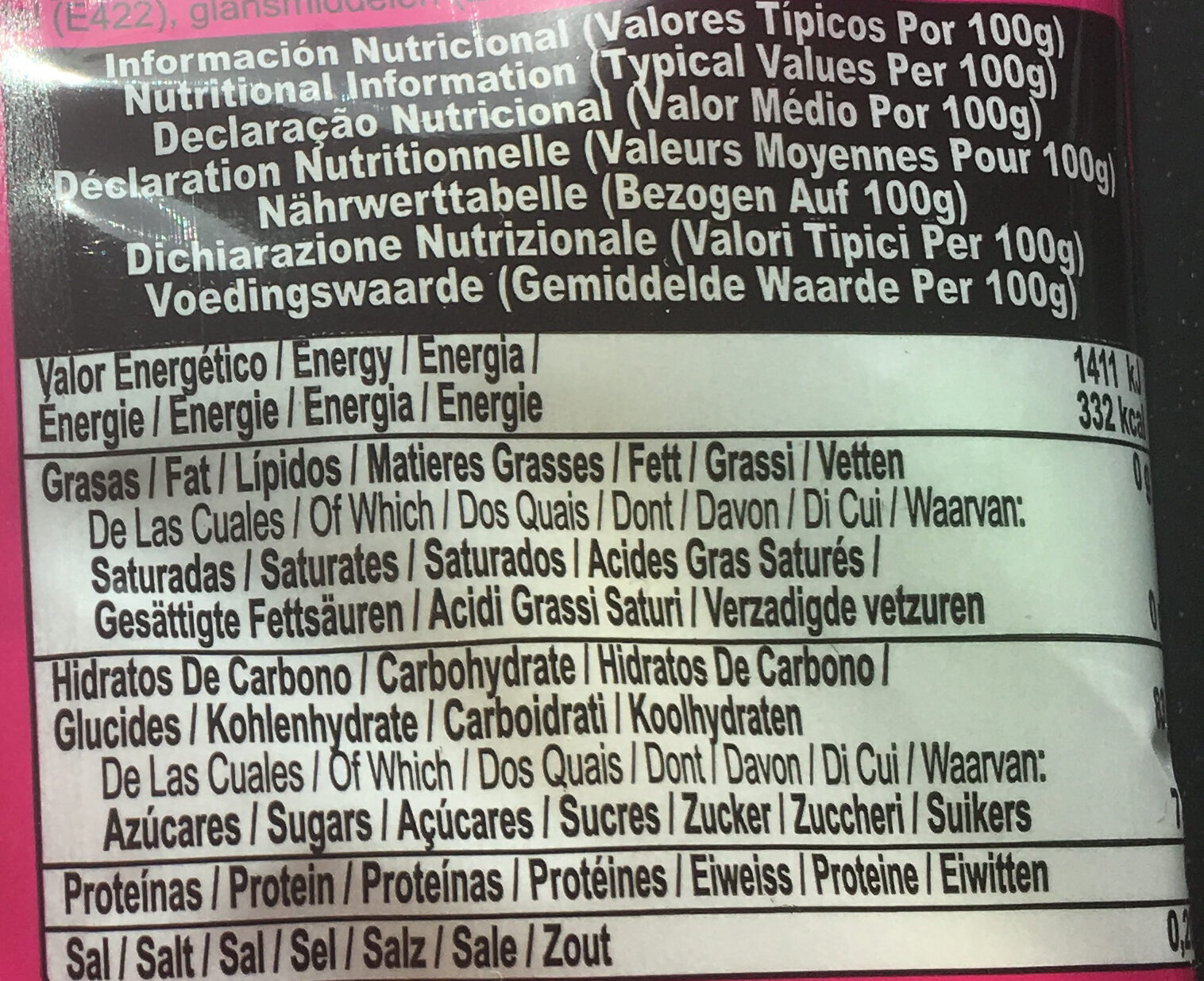Fruits Bubble Gum - Fini - 80 g
Aquesta pàgina del producte no està completa. Podeu ajudar a completar-la editant-la i afegint-hi més dades a partir de les fotos ja disponibles, o fent-ne més amb l'aplicació de androide o iPhone / iPad. Gràcies!
×
Codi de barres: 8410525143397 (EAN / EAN-13)
Quantitat: 80 g
Marques: Fini
Categories: Snacks, Aperitius dolços, Llaminadures, Caramels, Xiclets
Etiquetes, certificacions, premis:
Lliure de gluten, Punt verd
Llocs de fabricació o processament: , Madrid, Spain
Botigues: Spar Kjøp
Matching with your preferences
Report a problem
Fonts de dades
Producte afegit per kiliweb
Última modificació de la pàgina del producte per odinh.
La pàgina del producte, també editada per autorotate-bot, chevalstar, davidd22, elcoco, musarana, openfoodfacts-contributors, quechoisir, roboto-app, thaialagata, yuka.UjdBTFFiUXFuUGNoaGZNQzVFL1U5T2xKM1pXeVFFenROZVpLSUE9PQ, yuka.Vkw0OUxQd2tnZUlKZy9NSDlSbnYrdGRlbmJPeFlrNlFLckV4SUE9PQ, yuka.sY2b0xO6T85zoF3NwEKvlhNFSOPkqG32KSL6kl2ax4u8cr_FRtgi8LjVMas.












